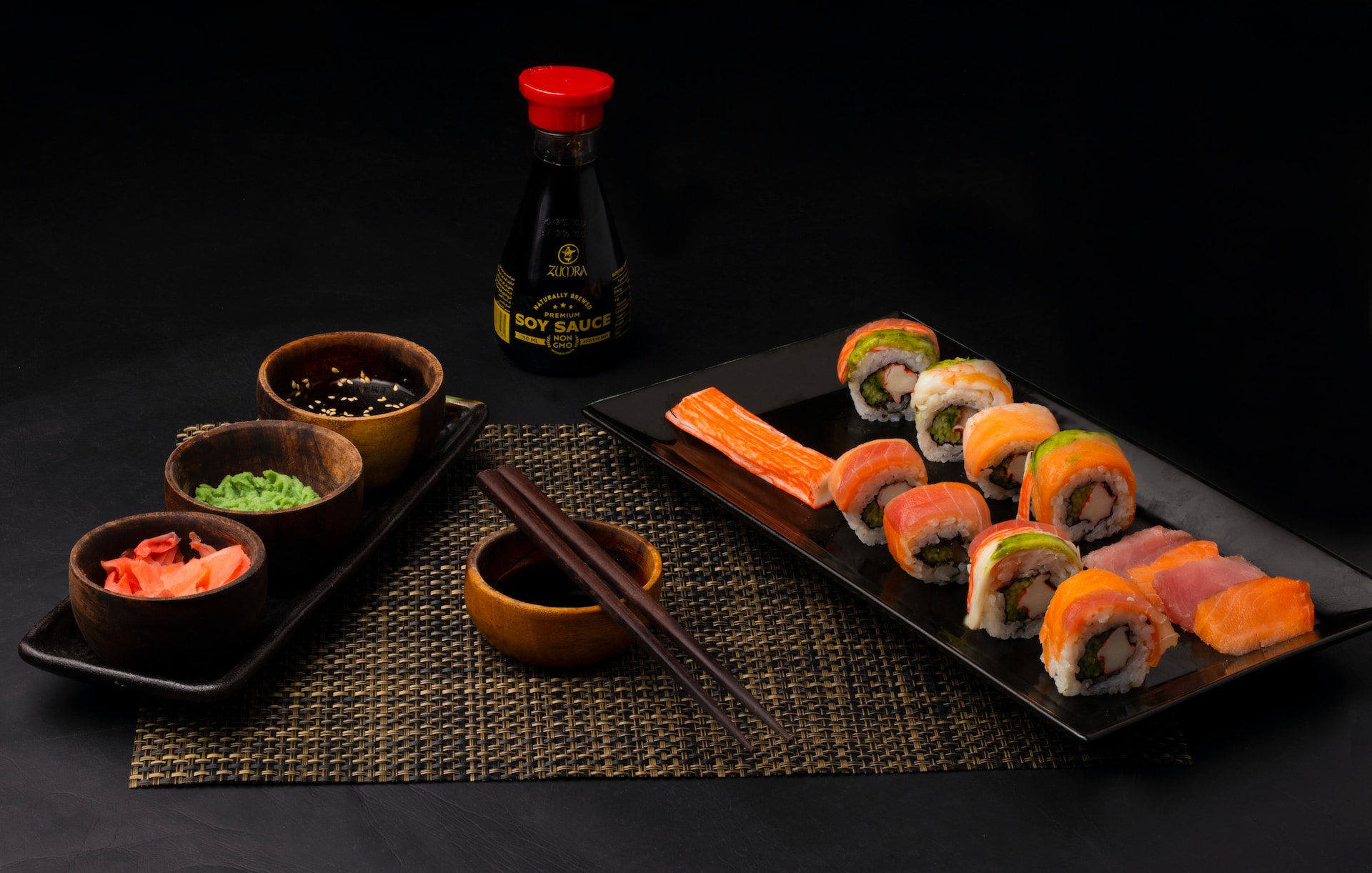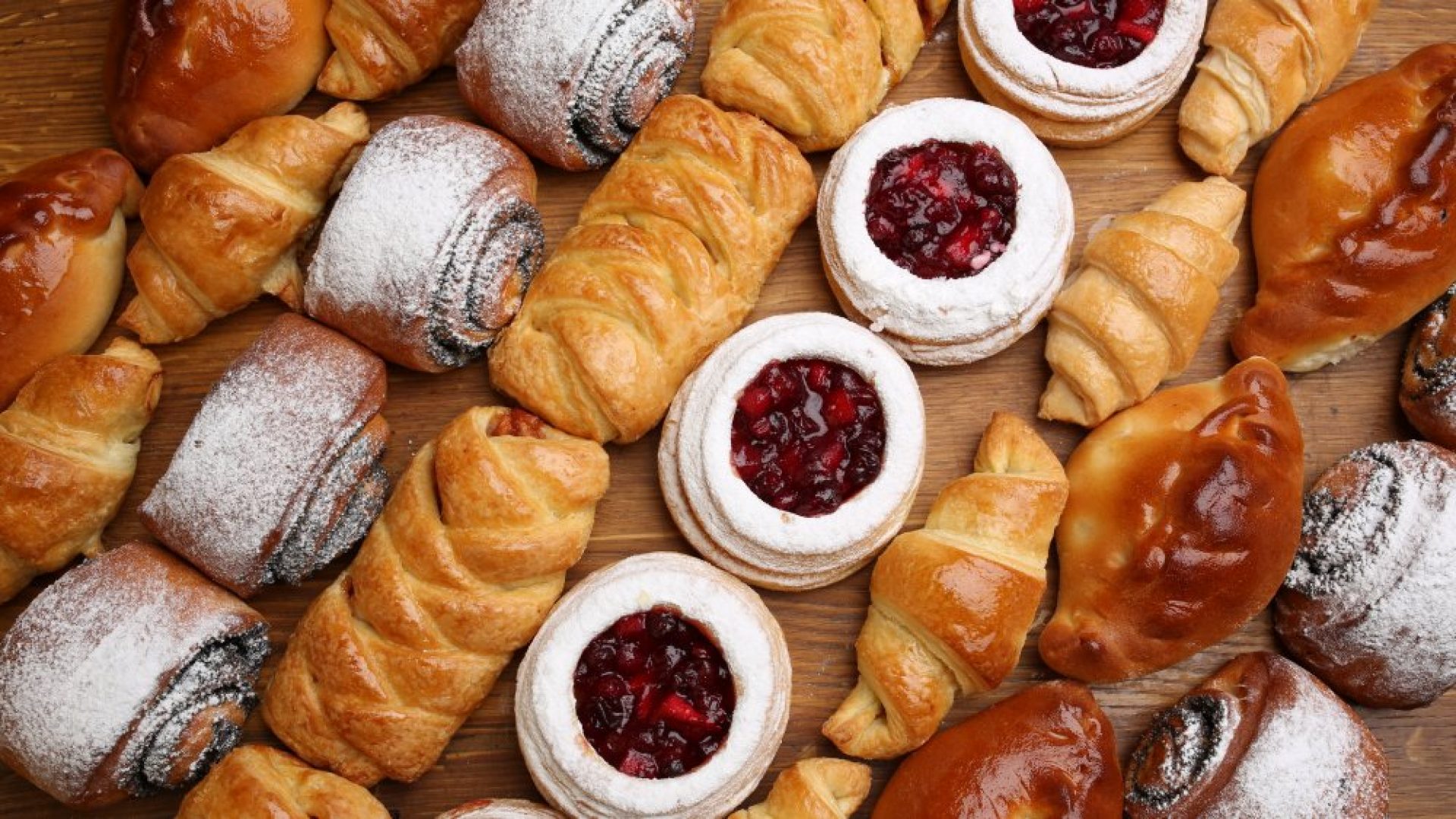
A Deep Dive into East Asian Cuisine: Exploring the Rich Culinary Heritage
The cuisine of Japan, a fascinating blend of taste, texture, and color, has captivated the hearts of food enthusiasts across the globe. In this blog post, we’ll delve into the world of Japanese cuisine, exploring its rich culinary history, popular dishes, and dining etiquette.
The origins of Japanese cuisine
Japan’s distinct geographic location and cultural influences have contributed to its culinary heritage. Surrounded by oceans, the island nation has long relied on seafood as a primary source of protein. Additionally, the adoption of Buddhism in the 6th century led to a widespread shift towards vegetarianism, as the religion prohibited meat. Consequently, Japanese cuisine has been influenced by an emphasis on fresh, healthy foods and a delicate balance of flavors.
Popular Japanese dishes
- Sushi: Undoubtedly one of the most iconic dishes in Asian cuisine, sushi consists of vinegared rice combined with various ingredients, such as raw fish, vegetables, and even tropical fruits. Various types of sushi exist, including nigiri, maki, and temaki. Explore the different types of sushi in this comprehensive sushi guide.
- Ramen: A beloved Japanese staple, ramen is a noodle soup dish made with Chinese-style wheat noodles, a rich broth (typically made with pork), and various toppings, such as sliced pork, soft-boiled eggs, and green onions. Ramen styles vary by region, with each having its unique characteristics. Learn more about the different regional styles of ramen here.
- Tempura: This popular dish features lightly battered and deep-fried seafood or vegetables. The batter’s light, airy texture sets tempura apart from other fried foods, making it a delightful indulgence.
- Udon: Another popular noodle dish, Udon noodles are thick, wheat-based noodles typically served in a mild, soy-based broth. Udon can be enjoyed hot or cold, and the dish is often garnished with ingredients like tempura, green onions, and grated ginger.
- Bento: A traditional Japanese lunchbox, bento is a single-portion meal that usually includes rice, fish or meat, and pickled or cooked vegetables. Bentos come in various styles and can be found in convenience stores, train stations, and specialty bento shops.
Japanese dining etiquette
When enjoying Japanese cuisine, it’s essential to be mindful of dining etiquette. Here are a few key points to remember.
- Chopstick Etiquette: Never stick your chopsticks vertically into a bowl of rice, as this resembles a funeral ritual. Instead, lay them horizontally on the provided chopstick rest.
- Slurping: In Japan, it’s perfectly acceptable to slurp your noodles, as it’s considered a sign of appreciation and enjoyment.
- Pouring drinks: It’s customary to serve drinks for others, rather than for oneself. When someone pours a drink for you, hold your cup in both hands and lift it slightly off the table to show appreciation.
In conclusion, Japanese cuisine offers a wide variety of flavors and textures, with a strong emphasis on fresh, seasonal ingredients. By exploring the different dishes and understanding dining etiquette, you can fully immerse yourself in this rich culinary tradition. So, get ahead and savor the delicious world of Japanese cuisine!
The Art of Japanese Tea Ceremony
The Japanese tea ceremony, or chanoyu, is a time-honored tradition that showcases the deep-rooted connection between art, spirituality, and the appreciation of tea in Japanese culture. At the heart of the ceremony is the preparation and serving of matcha, a powdered green tea. The ceremony is characterized by precise and graceful movements, adherence to specific rules, and the use of beautifully crafted tea utensils. To experience the Japanese tea ceremony, consider attending a traditional tea ceremony event or visiting a tea house in Japan.

Japanese desserts and sweets
Japanese cuisine also offers an array of delightful desserts and sweets, known as wagashi. These confections are often made from ingredients like rice flour, sweet bean paste, and fruit. Some popular wagashi include:
- Mochi: A chewy, glutinous rice cake filled with sweet bean paste or other ingredients. Mochi can be enjoyed in various forms, such as daifuku, a round mochi filled with sweet bean paste, and sakura mochi, a pink, cherry blossom-flavored mochi.
- Dorayaki: A sweet treat consisting of two small pancake-like patties with a sweet red bean paste filling. Dorayaki has gained international recognition, partly due to its association with the popular Japanese cartoon character, Doraemon.
- Taiyaki: A fish-shaped cake traditionally filled with sweet red bean paste, although modern variations include custard, chocolate, and even ice cream. Taiyaki is commonly found at street food stalls and festivals.
- Kakigori: A popular summertime treat, kakigori is a refreshing shaved ice dessert topped with flavored syrup and condensed milk. Some kakigori creations are adorned with fruit, mochi, or other sweet toppings.
Japanese Izakaya culture
Izakayas are casual Japanese pubs that offer a variety of small dishes, similar to Spanish tapas, along with alcoholic beverages such as beer, sake, and shochu. Izakayas are popular spots for after-work socializing, allowing patrons to unwind and enjoy a lively atmosphere. Common izakaya dishes include yakitori (grilled chicken skewers), karaage (Japanese-style fried chicken), and edamame (boiled soybeans). To experience authentic izakaya culture, check out this guide to the most popular izakayas in Tokyo.
By exploring the diverse world of Japanese cuisine, from its iconic dishes and tea ceremonies to its delectable desserts and lively izakaya culture, you’ll gain a deeper appreciation for this culinary art form. So, venture out and immerse yourself in the enticing flavors and rich traditions of Japanese cuisine!

